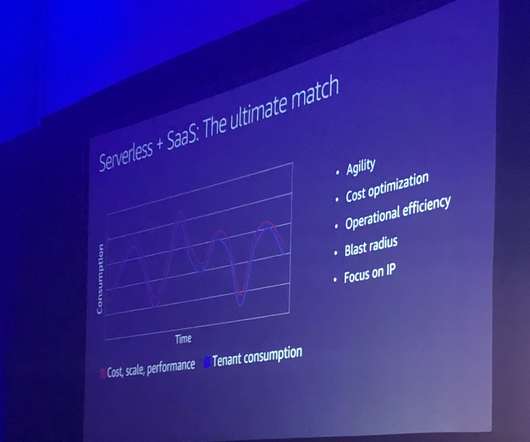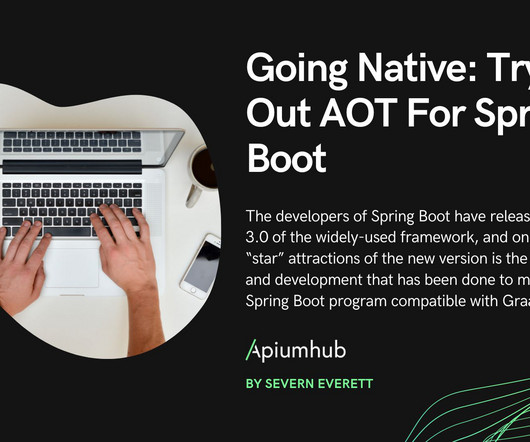A Beginner’s Guide To Building Microservices With AWS Lambda
Dzone - DevOps
AUGUST 15, 2023
When used to construct microservices, AWS Lambda provides a route to craft scalable and flexible cloud-based applications. AWS Lambda supports code execution without server provisioning or management, rendering it an appropriate choice for microservices architecture.
























Let's personalize your content